 Abraham Lincoln
If given the truth, the people can be depended upon to meet any national crisis...
Abraham Lincoln
If given the truth, the people can be depended upon to meet any national crisis...
 Guildford news...
for Guildford people, brought to you by Guildford reporters - Guildford's own news service
Guildford news...
for Guildford people, brought to you by Guildford reporters - Guildford's own news service
Grim Days Of The Guildford Union Workhouse
Published on: 7 Sep, 2018
Updated on: 10 Sep, 2018
The Guildford Union Workhouse opened its doors 180 years ago in 1838 to those who were too poor, old or ill to support themselves. John Redpath, the general manger of the Charlotteville Jubilee Trust, that manages The Spike Heritage Centre, takes a look back at its grim, yet fascinating, history.
It was a harsh existence in Victorian workhouses as it was perceived that those who were poor were idle. Going into the workhouse was their last resort and strict punishment for their poverty.
The threat of having to ‘go to the workhouse’ was designed to be a deterrent to paupers. Conditions were made to be incredibly harsh. However, by the 1850s it was not the work-shy that made up the majority of workhouse inmates, but the unfortunate elderly, sick, disabled and the children of unmarried mothers.
Like many towns, Guildford already had a number of separate parish poorhouses. However, the Poor Law Amendment Act of 1834 directed local parishes throughout the country to combine into Poor Law Unions (10 to 20 parishes in each). The scheme was to save parishes money through economies of scale, and it certainly worked!
In Guildford a new board of guardians met for the first time on April 11, 1836 at what is now the Edinburgh Woollen Mill, situated in North Street by Jeffries Passage. It was then the parish poorhouse.
The area they drew up to form the Guildford Poor Law Union was about 12 square miles. It included parishes in Guildford and nearby villages – including the Clandons, Horsleys, Send and Ripley and Worplesdon – as well as parishes in Woking and Godalming.
The guardians, who included well-to-do local worthies, set about the building of a central workhouse – an imposing structure on open land just outside the town centre in what is today Charlotteville. It was completed in 18 months and cost just under £6,000 and was designed to care for the poor of 21 parishes or around 21,000 people and it could accommodate 300.
Men and women were housed separately and able-bodied paupers were made to work for their keep. Women did washing and cleaning while men, for example, worked a crushing mill that produced fertiliser from animal bones.
The original workhouse was built on four and a half acres of land and built mostly by the paupers found in the parish poor houses. It had its own school, chapel and laundry. The workhouse continued to spread out on the site and in 1896, after a damming report by the Poor Law inspectors, the infirmary was increased by the addition of two extensions for use by the sick poor of Guildford.
As with so many union workhouses, the weaker paupers and older women undertook the tedious and painful task of oakum-picking, a chore that involved teasing out the fibres from old ropes that had been used on ships. The salvaged material known as oakum was sold for caulking and often mixed with tar for use in the building and repair of wooden boats and ships.
Workhouses had slang names such as the bastille, grubber or spike. Some say the word spike originates from the large ornamental spike fixed high up on the wall of some workhouses. But it’s more likely to come from the hand tool used for breaking open the old rope ready for oakum-picking. This process is quite likely where the expression “money for old rope” comes from.
It was customary for workhouses to have separate short-stay accommodation for tramps, vagrants and casual workers. Known as casual wards, the first at Guildford was designed by Henry Peak and built alongside the workhouse in 1872. It could accommodate eight men and four women locked in individual cells at night in order to control behaviour and prevent rioting.
1906 saw the completion of a new casual ward which still stands on the site today and was designed to accommodate six women or women with children and 30 men, all locked in individual cells.
These casuals were rough and ready and would know all the latest rude jokes. They would be a disruptive influence if kept in the central workhouse but, worst of all, they might also bring disease into ‘the house’ with them and this was the main reason for housing them away from the main building.

Vagrants queuing up outside the then named reception centre (now The Spike Heritage Centre) in 1962.
They would queue up on the road outside to be let in at six o’clock. On entry, men and women would be separated. Children under the age of 12 would remain with the women, while males over that age (and classed as adults), were put with the men. Working class children of 12 and older were expected to get a job.
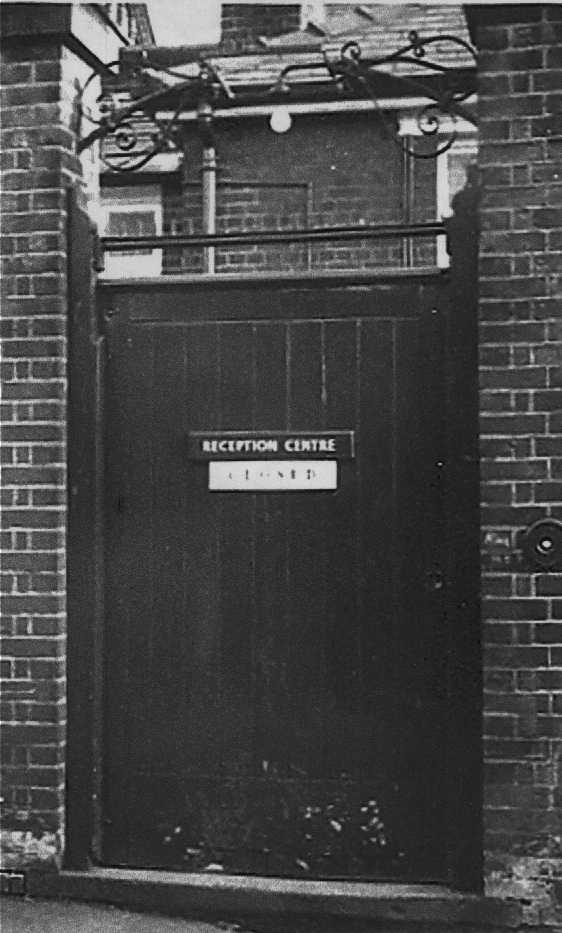
The door on Warren Road that led to the casual ward, later renamed a reception centre, the building now preserved as The Spike.
There is no evidence that food was given at the Guildford Spike. If you were lucky you might get some stale bread and cheese or maybe some skilly (oats and salty water) and maybe a mug of weak tea. They would be issued with a nightshirt while their clothes were disinfected or fumigated in order to get rid of any lice and flees.
A bath was compulsory after which they would be locked in a cell for the night. Those who paid a small fee could come back night after night queuing to get in. Those who couldn’t or wouldn’t pay were only allowed to stay a single night and weren’t allowed to return for 30 days. In order to encourage them to pay in future they would be given a task of work to do in the morning before being allowed to leave.
For the frailer types these tasks would include cleaning the building and oakum-picking – women were more likely to do this job – the men, meanwhile, would break flints and stones which were sold for building roads, or chop wood into kindling.
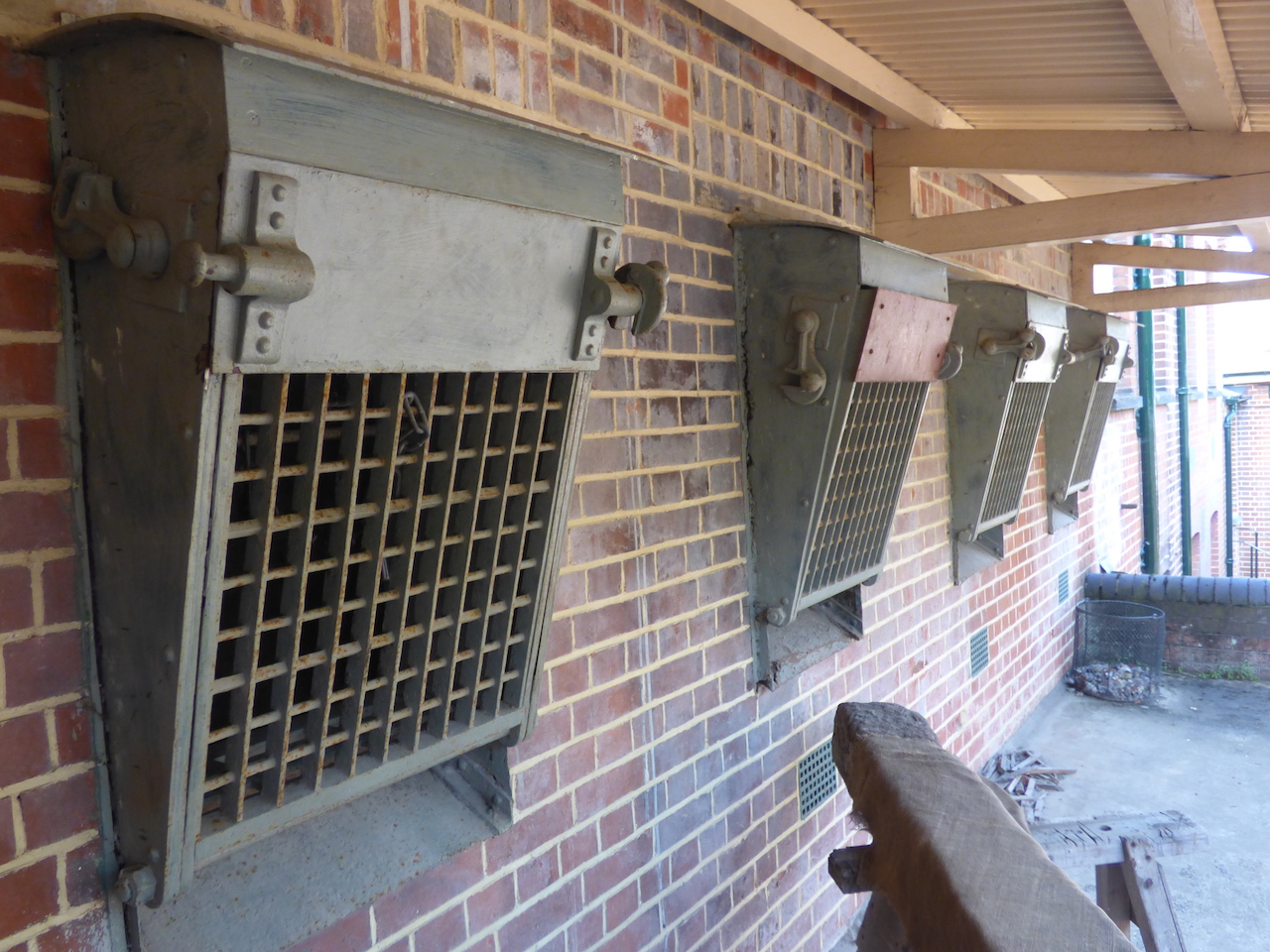
Iron grills of the stone-breaking work cells seen today at The Spike. They are the only examples in the UK to have survived.
Thirteen of the 30 male cells on the north side of the building had metal grills which, when in use, were opened and 2cwt (100kg) of large stones tipped into each cell. The vagrants would then use a heavy metal stave or more often a hammer to break the stones until they were small enough to be fed back through the iron grill.
During the First World War, paupers were turned out of the workhouse and the building was used as a military war hospital. It returned to housing paupers until the Poor Laws ended in 1930. The great depression of that era meant that the system couldn’t cope and out relief had to be given again.
The Guildford Union Workhouse then became the responsibility of Surrey County Council becoming Warren Road Hospital and later renamed St Luke’s Hospital on April 1, 1945. However, the casual ward remained in operation until May 1962, by which time it was known as a reception centre. After which it was given multiple uses by St Luke’s Hospital with the men’s cells becoming a handy place to store medical records.
The main part of the workhouse was demolished in 1966.
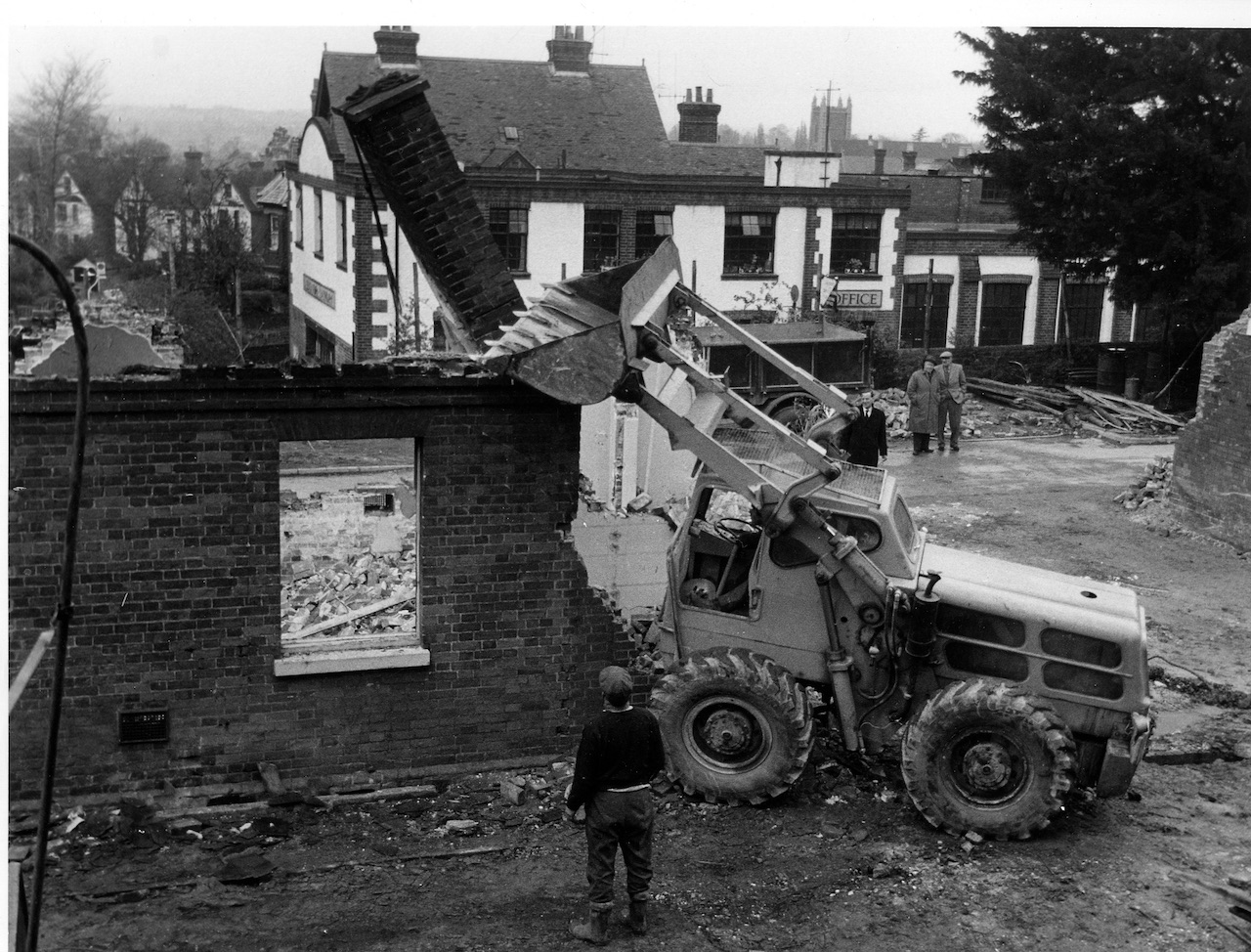
A chimney is brought down on a part of the former workhouse building. The Alexander Laundry can be seen behind, and beyond the tower of Christ Church in Waterden Road.
St Luke’s Hospital moved to its new home in Egerton Road with the Warren Road site finally closing in 1996 to be redeveloped for housing by Crest Homes.

The former casual ward / reception centre building in 1999 when in use a store by St Luke’s Hospital.
However, and most importantly, the casual ward building was given a Grade II listed status in November 1999 and is now a popular heritage and community centre run by the Charlotteville Jubilee Trust, an independent self-funded organisation.
The trust re-opened this important historic building for public use in 2008 after spending more than £1.6 million on its refurbishment.
The heritage centre is run entirely by volunteers and offers a fantastic experience for all who visit. The Guildford Spike is currently (September 2018) the number two ‘Thing to Do in Surrey’ according to Trip Advisor.
This is a fitting reward for the dedicated work put in by The Spike volunteers and this increased popularity means that more volunteers are needed. If you can help or would like more information, call general manager John Redpath on 01483 598420 or send an email to heritage@charlotteville.co.uk
If you are planning a visit, check out The Spike’s credentials on Trip Advisor or visit The Spike website at www.guildfordspike.co.uk
Responses to Grim Days Of The Guildford Union Workhouse
Leave a Comment Cancel reply
Please see our comments policy. All comments are moderated and may take time to appear. Full names, or at least initial and surname, must be given.Recent Articles
- Men In Their 60s Arrested After Fight At Newlands Corner
- New Cancer Charity Offers Support To Patients On Road To Recovery
- Councillor Calls on Colleagues To Stop Patronising Parents of SEND Children
- ‘Catapults Must Be Treated Like Knives’ Says Deputy Police Commissioner
- New Study Shows Promise In The Diagnosis of Poor Blood Circulation
- Fake News To Be Examined at the Guildford Institute
- Updated: Crop Fire Destroys Wheat Field on the Slopes of the Hog’s Back Near Guildford
- Update: Roadworks Planned for Portsmouth Road Postponed
- Guildford Students’ Artwork on Display at the National Gallery
- Thames Water Announce Hosepipe Ban – But Not for Guildford



Recent Comments
- Graham Vickery on Letter: Local Government Reorganisation Consultations Are Too Little, Too Late
- Peta Malthouse on Normandy Housing Plan Reignites Concerns Over ‘Damage To Our Community’
- Richard Cooke on Letter: Snail-paced Progress for Full Weir Repair
- Bethan Moore on Guildford’s First “Bike Bus”
- Andy Friend-Smith on Guildford’s First “Bike Bus”
- Peter Mills on Guildford’s First “Bike Bus”
Search in Site
Media Gallery
Dragon Interview: Local Artist Leaves Her Mark At One of England’s Most Historic Buildings
January 21, 2023 / No Comment / Read MoreDragon Interview: Lib Dem Planning Chair: ‘Current Policy Doesn’t Work for Local People’
January 19, 2023 / No Comment / Read MoreA3 Tunnel in Guildford ‘Necessary’ for New Homes, Says Guildford’s MP
January 10, 2023 / No Comment / Read More‘Madness’ for London Road Scheme to Go Ahead Against ‘Huge Opposition’, Says SCC Leader
January 6, 2023 / No Comment / Read MoreCouncillor’s Son Starts Campaign for More Consultation on North Street Plan
December 30, 2022 / No Comment / Read MoreCounty Council Climbs Down Over London Road Works – Further ‘Engagement’ Period Announced
December 14, 2022 / No Comment / Read MoreDragon Interview: GBC Reaction to the Government’s Expected Decision to Relax Housing Targets
December 7, 2022 / No Comment / Read MoreHow Can Our Town Centre Businesses Recover? Watch the Shop Front Debate
May 18, 2020 / No Comment / Read More



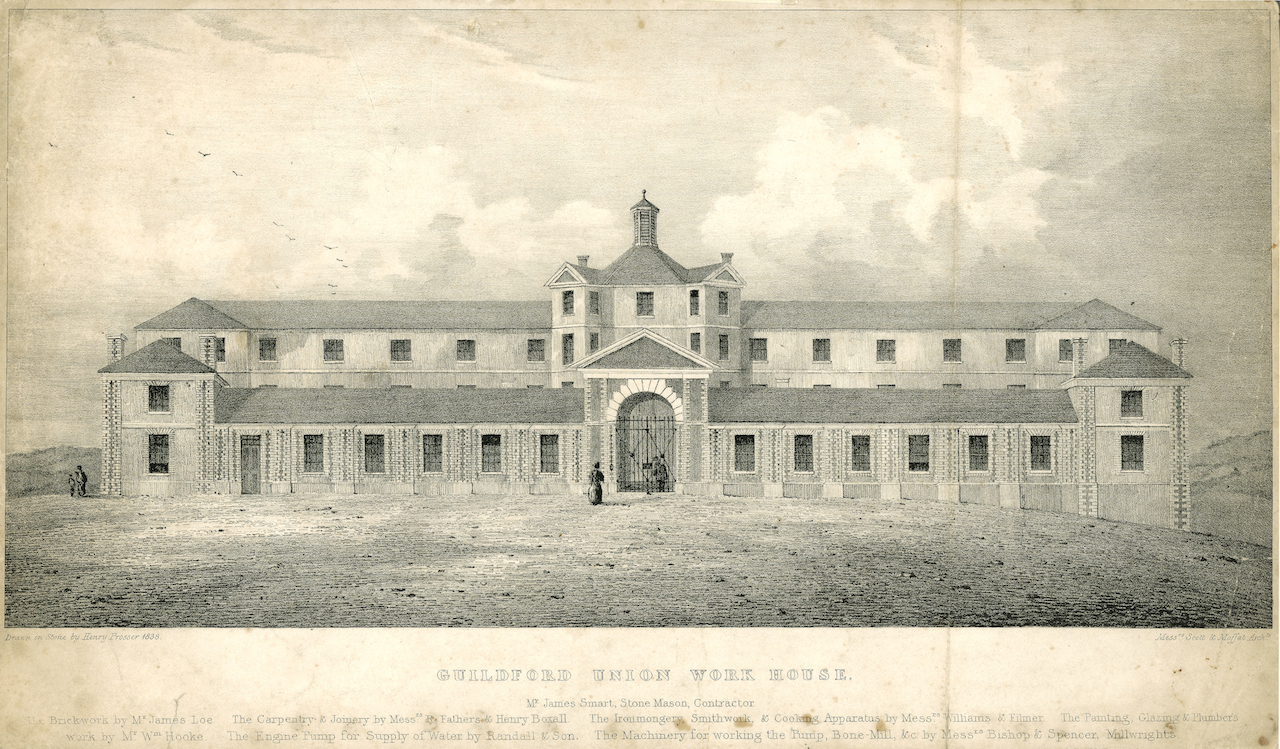
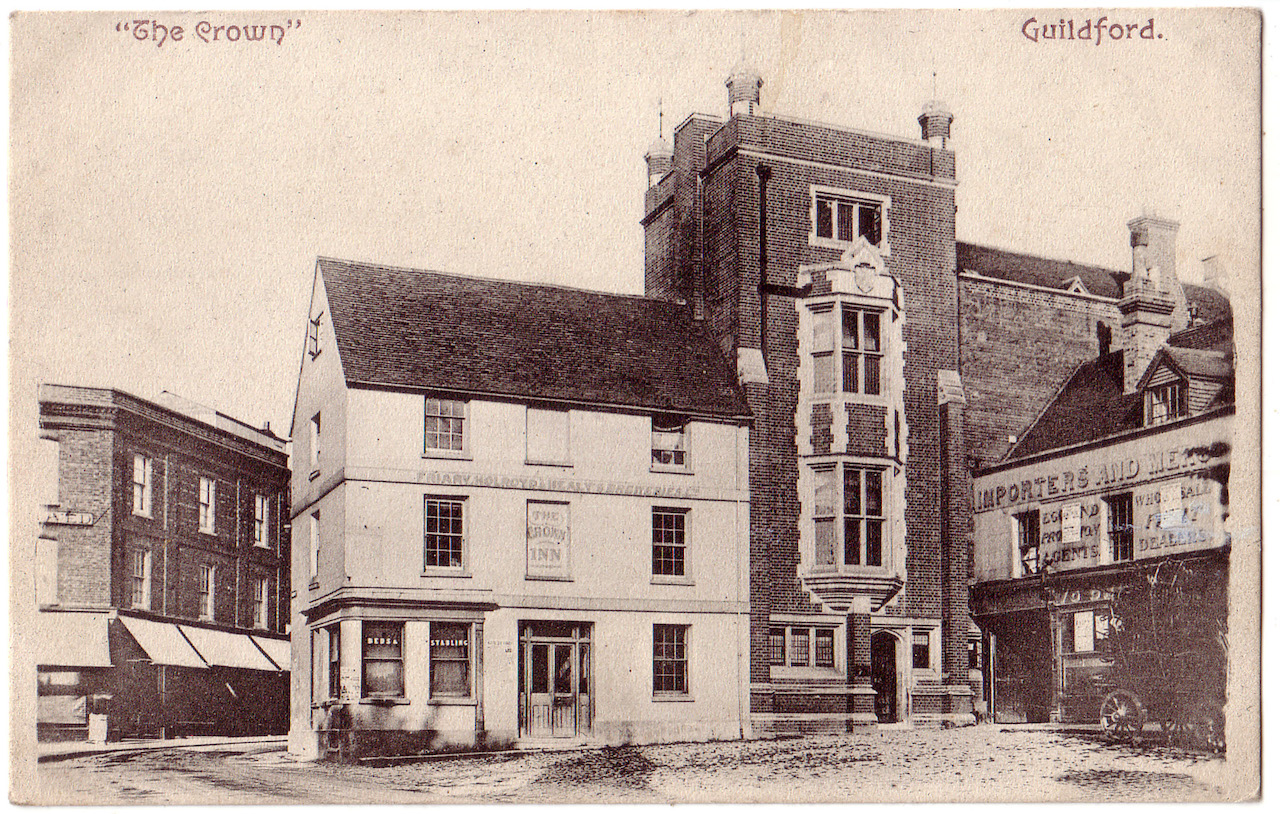
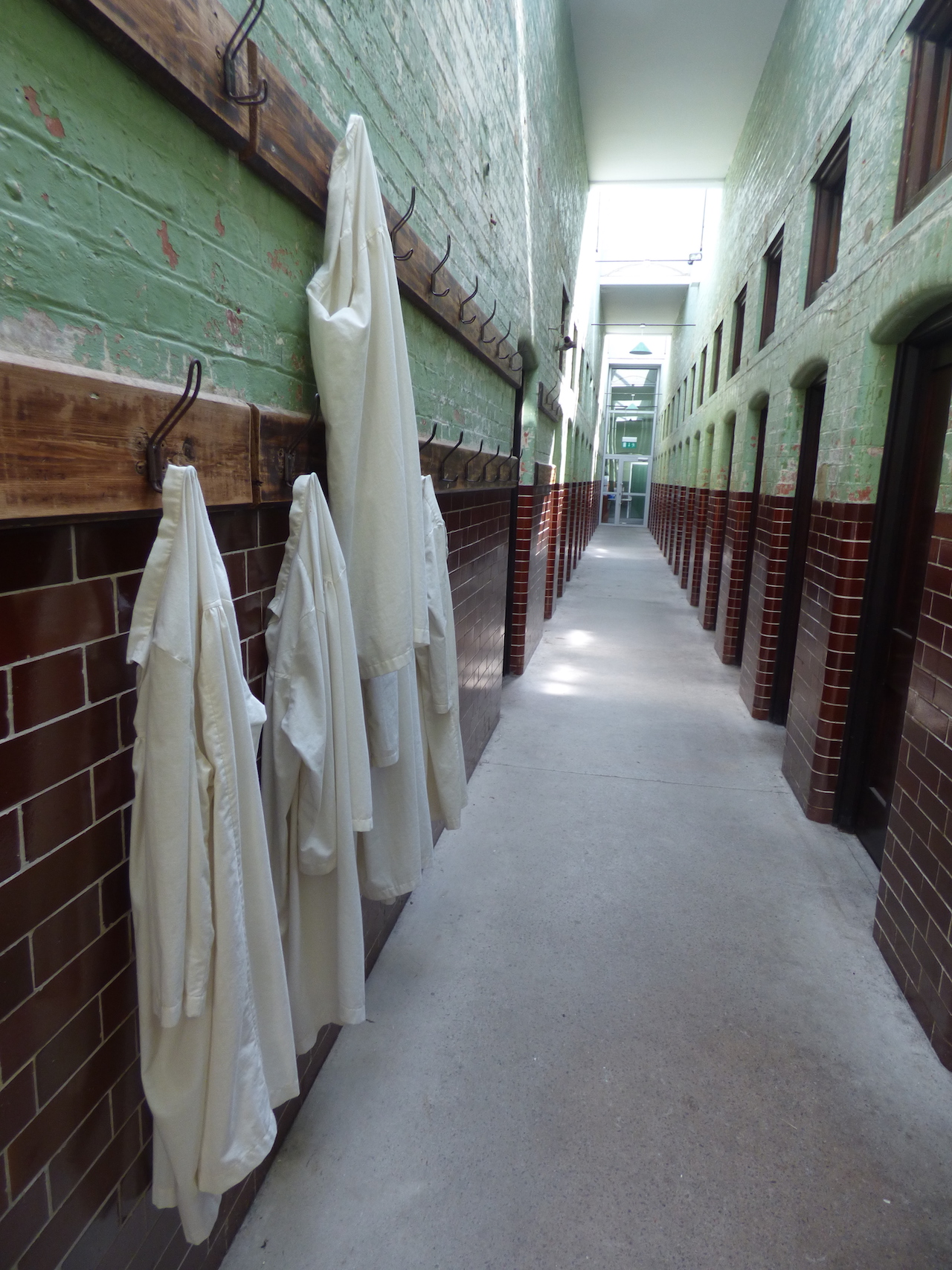
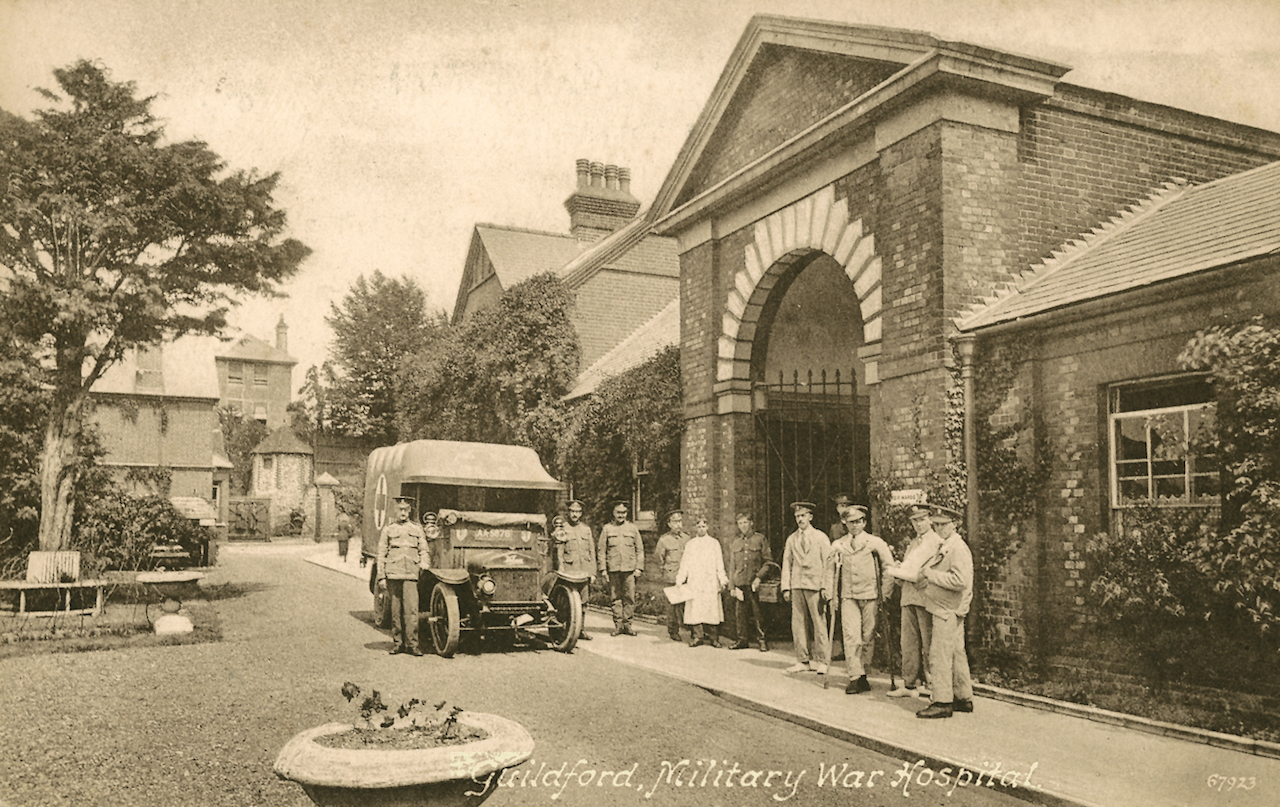
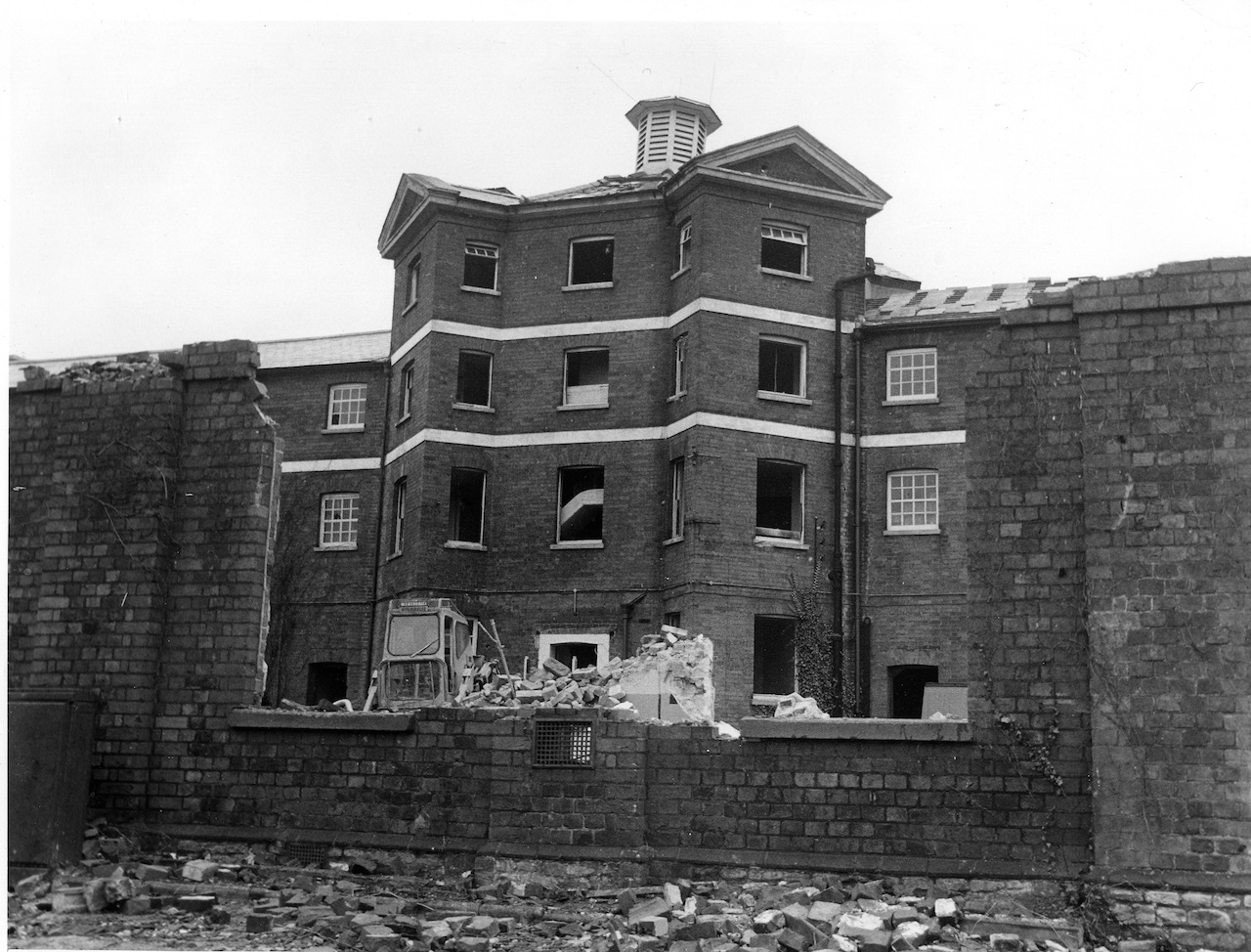











Jan Messinger
September 7, 2018 at 10:04 pm
What a fantastic piece of history. Really enjoyed the read.
Fabulous as always, The Guildford Dragon NEWS.
Margaret Ounsley
August 10, 2023 at 10:29 am
Guildford did not have separate workhouses before 1834, but one town workhouse. This misconception comes from the fact that the separate overseers of the three parishes entered their poor separately in the Gilbert report of 1776. There was however only one building, as corporation and vestry minutes from the time testify.